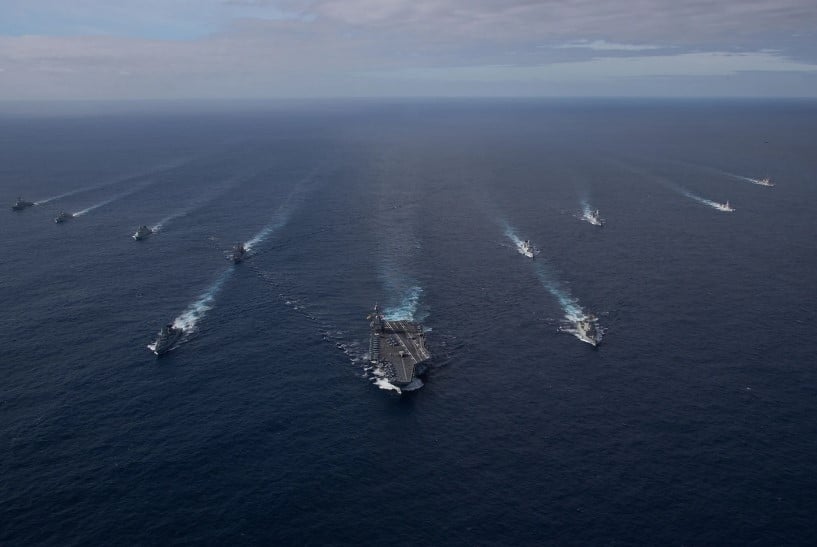Facing new realities amid rising costs: Could future US Navy warships be built
New Legislation to Boost US Naval Readiness

US Senators Mike Lee and John Curtis have introduced two significant bills aimed at enhancing the capabilities of the US Navy and Coast Guard. The Ensuring Naval Readiness Act and the Ensuring Coast Guard Readiness Act seek to modernize shipbuilding processes and allow foreign shipyards to participate in constructing US naval vessels. This legislative move could help address the current shortfall in naval forces and improve the efficiency of maritime operations.
The Future of Naval Shipbuilding
The Ensuring Naval Readiness Act responds to the critical need for a stronger US Navy. According to the Force Structure Assessment, a fleet of 355 ships is essential for maintaining a ready and capable naval force. Currently, the Navy operates only 291 ships, with shipbuilding plans extending into the 2050s. The legislation aims to expedite the construction and procurement processes to close this gap.
Currently, the Navy has three options for ship procurement: building new ships domestically, refurbishing older vessels, or purchasing a limited number of used foreign-built ships with Congressional approval. However, repairing older ships, often exceeding a 60-year lifecycle, is costly and time-consuming. The Navy has found that these repairs can be three times more expensive and take twice as long as anticipated. In contrast, the cost of new ships is significantly higher, with estimates indicating that used ships can range from $20 million to $60 million, while new vessels can cost up to 26 times that amount.
The proposed legislation would allow the Navy to construct ships or major components in NATO member countries or Indo-Pacific nations with mutual defense agreements. This change aims to reduce costs and speed up delivery times, addressing the urgent need for enhanced naval capabilities. A recent Government Accountability Office report highlighted the Navy’s struggles to maintain its combat surface ships, even after receiving additional funding for maintenance.
US Coast Guard Vessels
The US Coast Guard plays a vital role in maritime security, coastal traffic monitoring, and scientific research support. However, current laws restrict the Coast Guard from constructing vessels or major components in foreign shipyards. The *Ensuring Coast Guard Readiness Act* proposes a strategic shift to allow for partnerships with allied shipyards, particularly for expensive projects like icebreakers, which can cost around $1.2 billion to build domestically.
Japan’s top lines and yards join forces to develop liquefied carbon dioxide carrier designs
Senator Lee emphasized that foreign shipyards, such as those in Finland, can construct icebreakers for approximately $150 million in under two years. By collaborating with NATO shipyards, the Coast Guard can expedite the construction of vessels needed to fulfill mission demands without compromising national security. This approach not only enhances operational readiness but also makes the US more economically competitive.
Both bills aim to leverage diplomatic relationships and the strengths of allied nations to ensure the US remains a leader in maritime security. Senator Curtis noted that these measures would strengthen the Navy and Coast Guard while maintaining fiscal responsibility. The proposed legislation represents a significant step toward modernizing US naval capabilities and addressing current and future security challenges.
